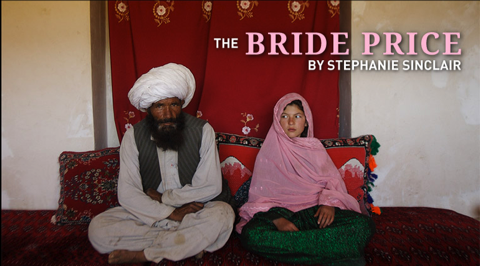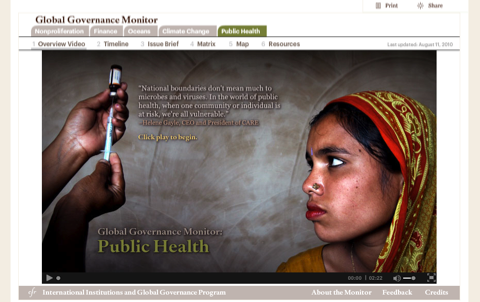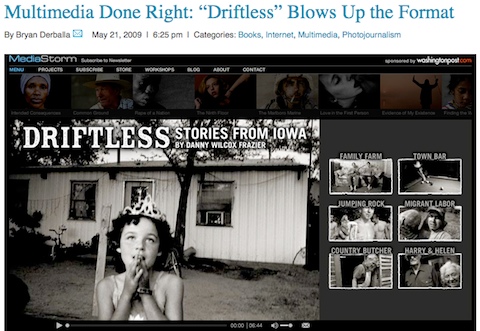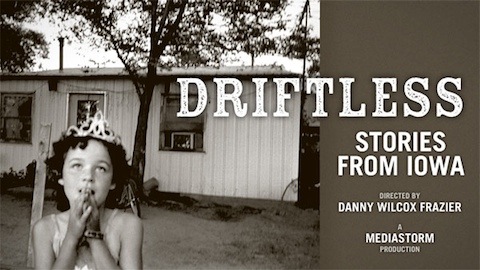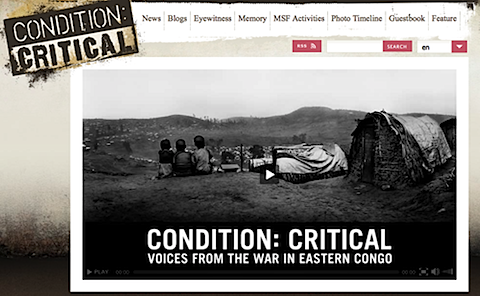Why do so many exceptional photographers struggle to shoot just halfway-decent video? It's certainly not for lack of vision. The answer, I think, is more fundamental. It's a misunderstanding of how the two formats work. So basic is this difference that it often simply goes unsaid.
A metaphor: Everything that is possible to capture on a camera, whether it be still or video, resides in a river. A still camera is the tip of a fishing hook, precisely capturing the briefest of moments from the water. A video camera is a large net, capturing whole sections of the river at a time. Obviously, there's nothing revolutionary about this explanation. The difficulty, however, is in the implementation.
Still photographers are trained to be active and on the move, always looking for the next best angle, the next vantage point along the water. When using a video camera, however, one needs a more passive stance, to stay in one place and let the action flow past the camera. In other words, a great moment of video is longer than a great moment captured by a still photographer.At the risk of belaboring the point, video moves through time. It doesn't stop time like a photograph. Therefore, viewers need to see video as it unfolds in order for it to make sense.
So for photographers shooting video for the first time, every shot you capture should be at least 20 seconds long. That's long enough for a viewer to understand what is happening in your footage as well as give you a little extra wiggle room at the beginning and end when you begin to edit.
Holding a shot for twenty seconds will at first feel like an eternity. Try thinking in steps:
- Use the first five seconds to focus, hone in, check your settings. Set up your shot with the same precision you'd use for a still photograph.
- For the next 15 seconds, do not do anything. Let me repeat: you do not do anything. Do not move the camera. Do not zoom. Do not pan. Do not move. Simply, stand there and watch the action in your viewfinder or display. Your instincts will say, "I've got it. There's so much stuff going on. Look at all the other things I can shoot." Ignore your instincts. What you are doing now, holding the shot, is capturing the footage. This is how video works.
This is shooting video at it's most basic. But the basics work and they work well.
